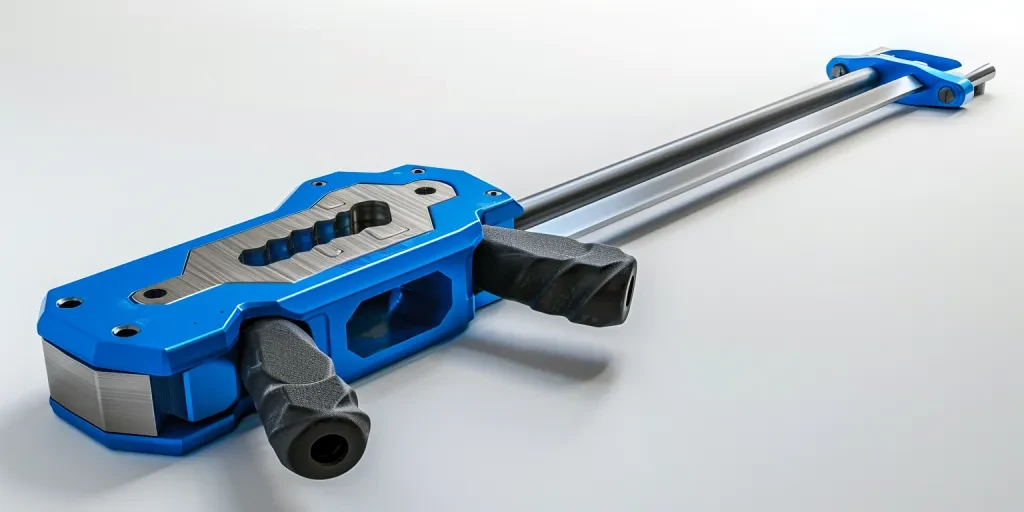Im Jahr 2025 ist die Nachfrage nach Präzision in der Metallbearbeitung sprunghaft angestiegen, wodurch Vierkantrohrbieger wichtiger denn je sind. Dieser Artikel bietet eine eingehende Analyse des Marktes, der Biegertypen, der wichtigsten Leistungsfaktoren und der erweiterten Funktionen. Er bietet professionellen Einkäufern wertvolle Hinweise, damit sie fundierte Entscheidungen treffen und einen effizienten und qualitativ hochwertigen Betrieb gewährleisten können.
Table of Contents:
-Marktübersicht über Vierkantrohrbieger
-Umfassende Analyse des Marktes für Vierkantrohrbieger
-Schlüsselfaktoren bei der Auswahl eines Vierkantrohrbiegers
-Erweiterte Funktionen in modernen Vierkantrohrbiegern
- Einhaltung gesetzlicher Vorschriften und Industriestandards
-Zukünftige Trends bei Vierkantrohrbiegern
-Zusammenfassend
Marktübersicht über Vierkantrohrbieger

Der globale Markt für Vierkantrohrbiegemaschinen hat ein deutliches Wachstum erlebt, das durch die steigende Nachfrage in verschiedenen Industriezweigen angetrieben wird. Im Jahr 2023 war der Markt etwa 1.2 Milliarden USD wert und soll bis 1.7 2030 Milliarden USD erreichen, was einer durchschnittlichen jährlichen Wachstumsrate von 5.2 % entspricht. Dieses Wachstum ist auf Fortschritte in den Herstellungsprozessen und den steigenden Bedarf an Präzision in der Metallverarbeitungsindustrie zurückzuführen.
Zu den wichtigsten Regionen, die zu diesem Wachstum beitragen, zählen Nordamerika, Europa und der asiatisch-pazifische Raum. Nordamerika mit seiner robusten industriellen Basis hatte im Jahr 35 einen Marktanteil von 2023 %. Dicht dahinter folgt Europa mit einem Anteil von 30 %, getrieben von der starken Nachfrage in Deutschland und Großbritannien. Der asiatisch-pazifische Raum dürfte die höchste Wachstumsrate aufweisen, wobei China und Indien aufgrund der raschen Industrialisierung und Infrastrukturentwicklung führend sind.
Die Marktsegmentierung zeigt, dass die Automobil- und Baubranche die Hauptendverbraucher sind und zusammen über 50 % der Marktnachfrage ausmachen. Die Einführung von Vierkantrohrbiegemaschinen in diesen Branchen wird durch den Bedarf an hochpräzisen Biegungen und die Fähigkeit zur Verarbeitung verschiedener Materialien, darunter Stahl, Aluminium und Kupfer, vorangetrieben.
Eingehende Analyse des Marktes für Vierkantrohrbieger
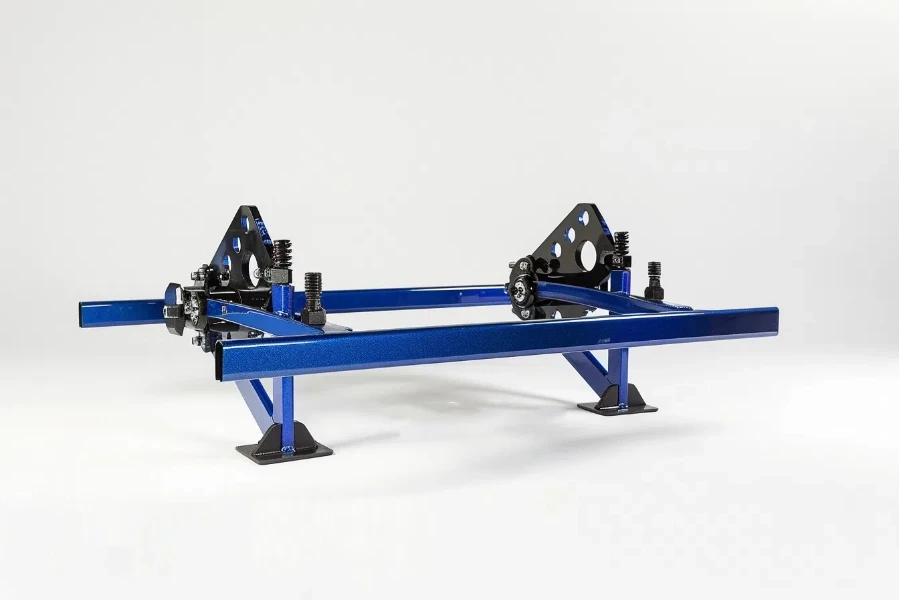
Vierkantrohrbiegemaschinen sind in vielen Branchen unverzichtbar, da sie das präzise Biegen von Metallrohren ermöglichen, die im Bauwesen, in der Automobilindustrie und in der Fertigung verwendet werden. Zu den wichtigsten Leistungsmaßstäben dieser Maschinen zählen Biegegenauigkeit, Geschwindigkeit und Kapazität. High-End-Modelle können eine Biegegenauigkeit von ±0.1 Grad erreichen, was sie für Präzisionsaufgaben unverzichtbar macht.
Große Akteure wie Baileigh Industrial, JD Squared und Huth Benders dominieren den Markt mit einem gemeinsamen Anteil von 45 %. Diese Unternehmen nutzen technologische Fortschritte, um Funktionen wie CNC-Steuerungssysteme anzubieten, die Präzision und Effizienz verbessern. Wirtschaftliche Faktoren wie schwankende Rohstoffkosten wirken sich auf ihre Preisstrategien und Marktexpansionspläne aus.
Die Verbraucher bevorzugen mittlerweile automatisierte und halbautomatische Biegemaschinen, um die manuelle Arbeit zu reduzieren und die Betriebseffizienz zu verbessern. Die Vertriebskanäle haben sich weiterentwickelt, wobei Online-Plattformen aufgrund ihrer Benutzerfreundlichkeit und größeren Reichweite an Bedeutung gewinnen. Innovationen wie die Integration des IoT für vorausschauende Wartung und verbesserte Betriebsüberwachung setzen neue Branchenstandards.
Aktuelle Innovationen und Digitalisierung
Zu den jüngsten Innovationen bei Vierkantrohrbiegemaschinen gehören Hybridmaschinen, die hydraulische und elektrische Mechanismen für eine verbesserte Leistung kombinieren. Der Markt befindet sich in einer Wachstumsphase und wird kontinuierlich weiterentwickelt, um den sich entwickelnden Anforderungen der Endbenutzer gerecht zu werden. Die Digitalisierung spielt eine entscheidende Rolle, da die Hersteller die Prinzipien der Industrie 4.0 umsetzen, um die Produktionskapazitäten zu verbessern und Ausfallzeiten zu reduzieren.
Behebung von Kundenproblemen
Die Hauptprobleme der Kunden sind die hohen Anschaffungs- und Wartungskosten moderner Biegemaschinen. Um diese Probleme zu lösen, bieten die Hersteller flexible Finanzierungsoptionen und erweiterte Garantien an. Darüber hinaus trägt die Konzentration auf benutzerfreundliche Schnittstellen und umfassende Schulungsprogramme dazu bei, die Lernkurve und die betrieblichen Herausforderungen zu verkürzen.
Markenpositionierungs- und Differenzierungsstrategien
Die Markenpositionierung auf dem Markt für Vierkantrohrbiegemaschinen betont Qualität, Zuverlässigkeit und technologische Innovation. Unternehmen differenzieren sich, indem sie maßgeschneiderte Lösungen anbieten, die auf die spezifischen Anforderungen der Branche zugeschnitten sind. Einige Hersteller bieten beispielsweise spezielle Biegemaschinen für die Luft- und Raumfahrtindustrie an, die hochfeste Materialien präzise bearbeiten können.
Nischenmärkte wie kundenspezifische Autoteile und architektonische Strukturen bieten erhebliche Wachstumschancen. Durch die Konzentration auf diese Spezialanwendungen können Unternehmen auf spezifische Kundenanforderungen eingehen und einen treuen Kundenstamm aufbauen.
Wichtige Faktoren bei der Auswahl eines Vierkantrohrbiegers
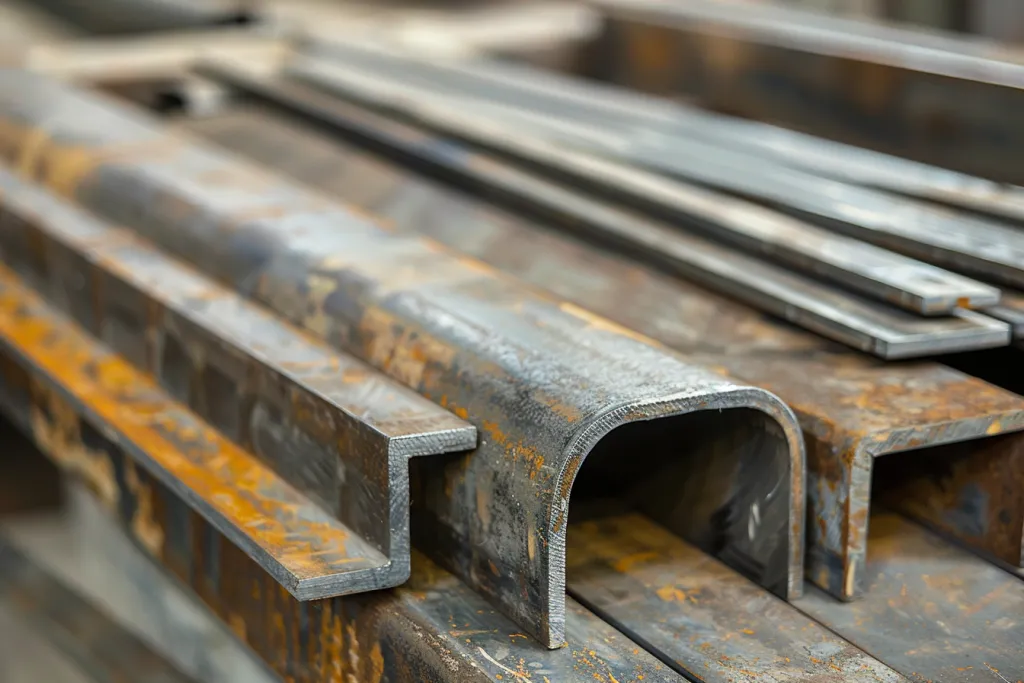
Die Wahl der richtigen Vierkantrohrbiegemaschine ist für einen effizienten Betrieb und ein hochwertiges Ergebnis in verschiedenen industriellen Anwendungen von entscheidender Bedeutung. Hier sind einige wichtige Faktoren, die Sie berücksichtigen sollten:
Arten von Vierkantrohrbiegern
Biegemaschinen für Vierkantrohre können anhand ihrer Funktionsweise und Anwendung klassifiziert werden. Zu den gängigsten Typen gehören manuelle Biegemaschinen, hydraulische Biegemaschinen und CNC-Biegemaschinen.
Manuelle Biegemaschinen werden für kleinere Projekte oder von Bastlern verwendet. Sie erfordern körperliche Anstrengung und eignen sich zum Biegen von Rohren mit geringerem Durchmesser. Sie sind einfach und kostengünstig, aber es mangelt ihnen an Präzision und Eignung für die Produktion großer Stückzahlen.
Hydraulische Biegemaschinen verwenden Hydraulikdruck, um die Rohre zu biegen. Diese Maschinen sind leistungsstärker und können Rohre mit größerem Durchmesser verarbeiten. Sie bieten eine höhere Präzision und erfordern weniger manuellen Kraftaufwand als manuelle Biegemaschinen. Hydraulische Biegemaschinen sind für mittlere bis große Einsätze geeignet.
CNC-Biegemaschinen stellen den Höhepunkt der Biegetechnologie dar. Sie sind vollautomatisch und werden durch Computersoftware gesteuert, was präzise und wiederholbare Biegungen ermöglicht. CNC-Biegemaschinen können komplexe Biegeaufgaben bewältigen und sind ideal für Produktionsumgebungen mit hohem Volumen.
Leistung und Funktionalität
Die Leistung einer Vierkantrohrbiegemaschine wird durch Faktoren wie Biegekapazität, Geschwindigkeit und Präzision bestimmt. Die Biegekapazität bezieht sich auf die maximale Größe und Dicke der Rohre, die die Maschine verarbeiten kann. Stellen Sie sicher, dass die von Ihnen gewählte Biegemaschine die Abmessungen der Rohre aufnehmen kann, mit denen Sie arbeiten möchten.
Geschwindigkeit ist in der Massenproduktion entscheidend. Schnellere Maschinen können die Produktivität steigern, sind aber möglicherweise mit höheren Kosten verbunden. Präzision ist entscheidend, um genaue und konsistente Biegungen sicherzustellen. CNC-Biegemaschinen zeichnen sich in diesem Bereich durch höchste Präzision aus.
Design und technische Spezifikationen
Das Design und die technischen Daten einer Vierkantrohrbiegemaschine wirken sich auf ihre Benutzerfreundlichkeit und Effizienz aus. Zu den wichtigsten zu berücksichtigenden Daten zählen die Abmessungen, das Gewicht, der Leistungsbedarf und die Steuerungssysteme der Maschine.
Die Abmessungen und das Gewicht der Maschine sind entscheidend für die Bestimmung des für die Installation und den Betrieb erforderlichen Platzes. Der Strombedarf wirkt sich auf Ihren Energieverbrauch aus und sollte mit der elektrischen Infrastruktur Ihrer Einrichtung kompatibel sein.
Die Steuerungssysteme reichen von einfachen Handhebeln bis hin zu fortschrittlichen Computerschnittstellen. Moderne CNC-Biegemaschinen verfügen über Touchscreen-Bedienelemente und programmierbare Einstellungen, die eine einfache Bedienung und Anpassung der Biegeparameter ermöglichen.
Materialien und Verarbeitungsqualität
Die Materialien, aus denen eine Vierkantrohrbiegemaschine hergestellt wird, wirken sich direkt auf ihre Haltbarkeit und Leistung aus. Hochwertige Maschinen werden normalerweise aus robusten Materialien wie gehärtetem Stahl oder Gusseisen hergestellt, die den Belastungen bei Biegevorgängen standhalten.
Auch die Verarbeitungsqualität ist entscheidend. Maschinen mit solider Konstruktion und präziser Montage sind leistungsfähiger und halten länger. Achten Sie auf Merkmale wie verstärkte Rahmen, hochwertige Lager und zuverlässige Hydrauliksysteme.
Sicherheitsstandards und Zertifizierungen
Sicherheit ist beim Bedienen von Maschinen von größter Bedeutung. Stellen Sie sicher, dass der von Ihnen gewählte Vierkantrohrbieger den relevanten Sicherheitsnormen und Zertifizierungen entspricht, wie z. B. CE-Kennzeichnung, OSHA-Konformität und ISO-Zertifizierungen.
Sicherheitsfunktionen wie Not-Aus-Taster, Schutzvorrichtungen und automatische Abschaltmechanismen können dazu beitragen, Unfälle und Verletzungen zu verhindern. Regelmäßige Wartung und Einhaltung der Sicherheitsrichtlinien sind für einen sicheren Betrieb ebenfalls unerlässlich.
Erweiterte Funktionen in modernen Vierkantrohrbiegern
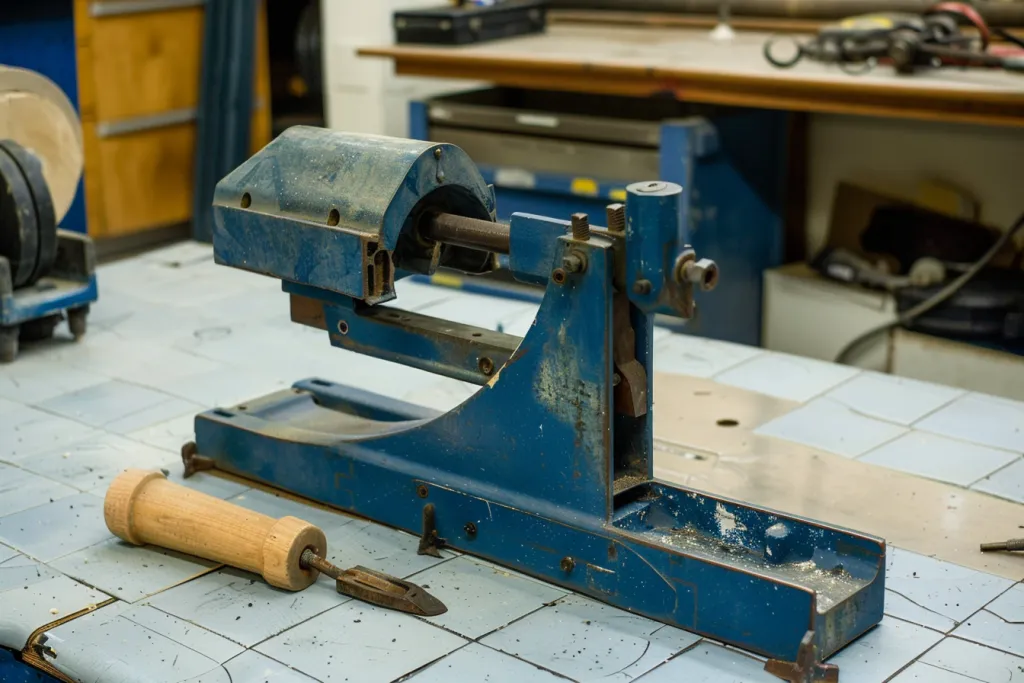
Moderne Vierkantrohrbieger sind mit erweiterten Funktionen ausgestattet, die ihre Funktionalität und Benutzerfreundlichkeit verbessern. Diese Funktionen können die Produktivität erheblich steigern und ein qualitativ hochwertiges Ergebnis gewährleisten.
CNC-Steuerungssysteme
CNC-Steuerungssysteme ermöglichen eine präzise Kontrolle des Biegeprozesses und ermöglichen komplexe Biegungen mit hoher Wiederholgenauigkeit. Bediener können die Maschine so programmieren, dass sie bestimmte Biegungen ausführt, wodurch der Bedarf an manuellen Anpassungen reduziert und Fehler minimiert werden.
CNC-Systeme erleichtern außerdem das Speichern und Abrufen von Biegeprogrammen, sodass vorherige Aufträge problemlos reproduziert werden können. Dies ist insbesondere in Produktionsumgebungen mit hohem Volumen nützlich, in denen Konsistenz von entscheidender Bedeutung ist.
Energieeffizienz
Energieeffizienz ist bei modernen Industrieanlagen wichtig. Energieeffiziente Vierkantrohrbiegemaschinen können die Betriebskosten senken und die Umweltbelastung minimieren. Funktionen wie Antriebe mit variabler Geschwindigkeit und Energiesparmodi können zur Optimierung des Stromverbrauchs beitragen.
Hydraulische Biegemaschinen mit modernen Hydrauliksystemen können die Energieeffizienz ebenfalls verbessern, da sie weniger Hydraulikflüssigkeit benötigen und die Wärmeentwicklung minimieren. Elektrische Biegemaschinen, die Elektromotoren anstelle von Hydrauliksystemen verwenden, bieten sogar noch mehr Energieeffizienz.
Integration mit anderen Systemen
Die Integration mit anderen Systemen und Geräten kann die Funktionalität von Vierkantrohrbiegemaschinen verbessern. Beispielsweise ermöglicht die Integration mit CAD/CAM-Software die nahtlose Übertragung von Konstruktionsspezifikationen an die Biegemaschine, wodurch der Produktionsprozess rationalisiert und Fehler reduziert werden.
Einige moderne Biegemaschinen können auch mit Roboterarmen und automatischen Lade-/Entladesystemen ausgestattet werden, was die Produktivität steigert und den Bedarf an manuellen Eingriffen reduziert.
Einhaltung gesetzlicher Vorschriften und Industriestandards
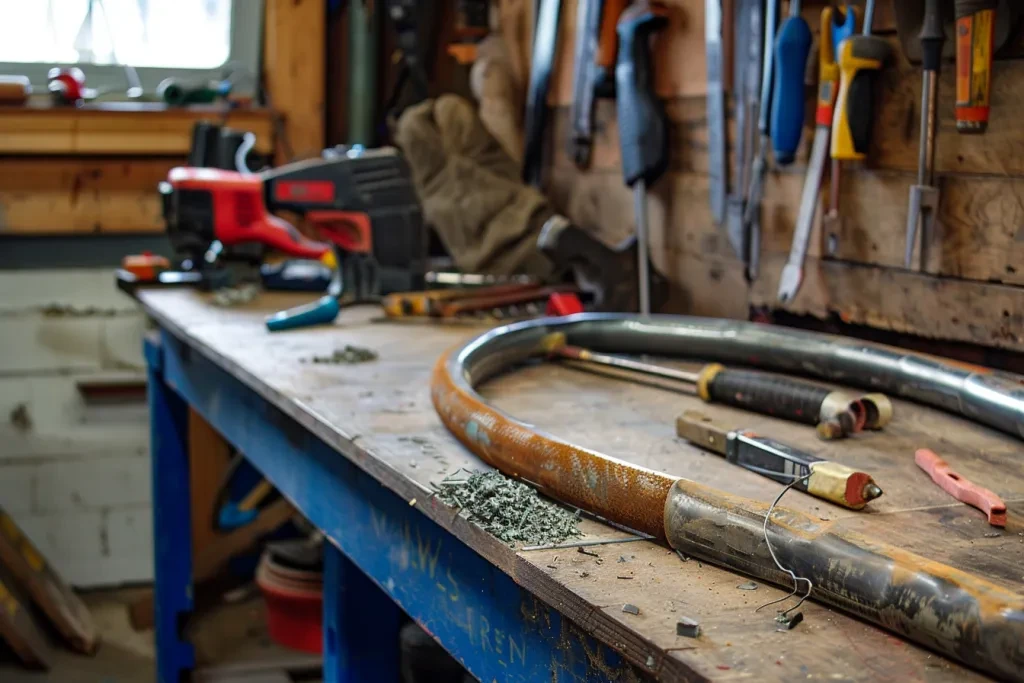
Die Einhaltung gesetzlicher Normen und Branchenzertifizierungen ist für die Gewährleistung der Sicherheit, Qualität und Zuverlässigkeit von Vierkantrohrbiegemaschinen von entscheidender Bedeutung. Hersteller müssen verschiedene Vorschriften und Normen einhalten, um sicherzustellen, dass ihre Produkte sicher und zweckdienlich sind.
CE-Kennzeichnung und OSHA-Konformität
Die CE-Kennzeichnung weist auf die Konformität mit den Gesundheits-, Sicherheits- und Umweltschutznormen für Produkte hin, die innerhalb des Europäischen Wirtschaftsraums (EWR) verkauft werden. Vierkantrohrbieger mit der CE-Kennzeichnung erfüllen diese strengen Anforderungen.
In den Vereinigten Staaten ist die Einhaltung der Standards der Occupational Safety and Health Administration (OSHA) unerlässlich. Die OSHA legt Standards fest und setzt diese durch, um sichere und gesunde Arbeitsbedingungen zu gewährleisten. Vierkantrohrbiegemaschinen, die den OSHA-Standards entsprechen, sind so konzipiert, dass sie Gefahren am Arbeitsplatz minimieren.
ISO-Zertifizierungen
ISO-Zertifizierungen wie ISO 9001 belegen, dass ein Hersteller ein Qualitätsmanagementsystem implementiert hat, das internationalen Standards entspricht. ISO-zertifizierte Vierkantrohrbieger bieten mit hoher Wahrscheinlichkeit gleichbleibende Qualität und Zuverlässigkeit.
Weitere relevante ISO-Normen sind ISO 45001 für Arbeitssicherheit und Gesundheitsschutz sowie ISO 14001 für Umweltmanagement. Die Einhaltung dieser Normen zeigt ein Bekenntnis zu Sicherheit und Umweltverantwortung.
Branchenspezifische Standards
Verschiedene Branchen haben möglicherweise spezifische Normen und Anforderungen für Vierkantrohrbiegemaschinen. Die Automobilindustrie kann beispielsweise die Einhaltung von Normen wie IATF 16949 verlangen, die sich auf Qualitätsmanagementsysteme für die Automobilproduktion konzentriert.
Ebenso kann die Luft- und Raumfahrtindustrie die Einhaltung von AS9100 verlangen, einem Qualitätsmanagementstandard für Luft- und Raumfahrt- sowie Verteidigungsorganisationen. Stellen Sie sicher, dass die von Ihnen gewählte Vierkantrohrbiegemaschine die relevanten Standards für Ihre Branche erfüllt.
Zukünftige Trends bei Vierkantrohrbiegern
Die Zukunft der Vierkantrohrbiegemaschinen wird wahrscheinlich von technologischen Fortschritten und sich entwickelnden Branchenanforderungen geprägt sein. Hier sind einige Trends, auf die Sie in den kommenden Jahren achten sollten:
Automatisierung und Robotik
Automatisierung und Robotik werden in Zukunft beim Biegen von Vierkantrohren voraussichtlich eine bedeutende Rolle spielen. Die Integration von Roboterarmen und automatisierten Lade-/Entladesystemen kann die Produktivität steigern und den Bedarf an manuellen Eingriffen reduzieren.
Robotersysteme können außerdem die Präzision und Wiederholbarkeit verbessern und so eine gleichbleibende Qualität in Produktionsumgebungen mit hohem Volumen gewährleisten. Da die Technologie immer erschwinglicher wird, können wir mit einer stärkeren Automatisierung bei Rohrbiegevorgängen rechnen.
Intelligente Fertigung und IoT
Das industrielle Internet der Dinge (IIoT) verändert Fertigungsprozesse, indem es Echtzeitüberwachung und Datenanalyse ermöglicht. Intelligente Vierkantrohrbieger, die mit Sensoren und Konnektivitätsfunktionen ausgestattet sind, können wertvolle Einblicke in die Maschinenleistung und den Wartungsbedarf liefern.
Mithilfe der vorausschauenden Wartung auf Basis des IIoT können potenzielle Probleme erkannt werden, bevor sie zu Maschinenausfällen führen. Auf diese Weise lässt sich die Gesamteffizienz der Anlage verbessern und die Wartungskosten senken.
Fortschrittliche Materialien und additive Fertigung
Fortschritte in der Materialwissenschaft und der additiven Fertigung (3D-Druck) werden sich wahrscheinlich auf das Design und die Konstruktion von Vierkantrohrbiegemaschinen auswirken. Neue Materialien mit verbesserten Eigenschaften, wie z. B. ein höheres Verhältnis von Festigkeit zu Gewicht und eine verbesserte Korrosionsbeständigkeit, können zu langlebigeren und effizienteren Maschinen führen.
Die additive Fertigung kann außerdem die Herstellung komplexer Komponenten mit höherer Präzision und kürzeren Vorlaufzeiten ermöglichen und so die Anpassung und Flexibilität von Vierkantrohrbiegemaschinen verbessern.
Wrapping It Up
Bei der Auswahl der richtigen Vierkantrohrbiegemaschine müssen verschiedene Faktoren berücksichtigt werden, darunter Typ der Biegemaschine, Leistung, Design, Materialien, Sicherheitsstandards und erweiterte Funktionen. Wenn Sie diese wichtigen Überlegungen verstehen und sich über zukünftige Trends informieren, können Sie eine fundierte Entscheidung treffen, die Ihren betrieblichen Anforderungen entspricht und ein qualitativ hochwertiges Ergebnis gewährleistet.
